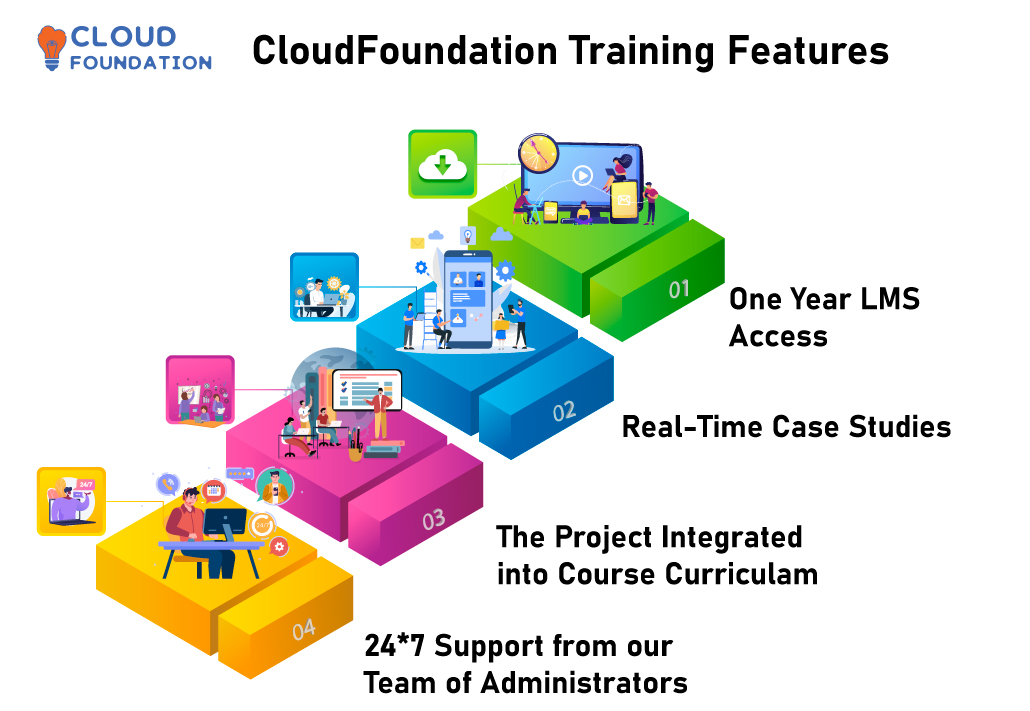Information Security Management CISSP Training
Information Security Management CISSP Training
⏰24 hours | ▶️ 24 Videos | 📣 11697 Participants | 🎓 5271 Reviews | 4.8 ⭐⭐⭐⭐⭐
Choose a Plan that Works for You
Self Paced
- Advanced sessions
- Interview Q&A
- Free study Materials
- Premium Technical support
Instructor Led Live Training
- Live Instructor
- Advanced sessions
- Interview Q&A
- Premium Technical Support
Corporate Training
- Live Instructor
- Advanced sessions
- Interview Q&A
- Premium Technical Support
Upcoming Batches PST
Weekday
| June 11(1 HR A DAY) |
| 06:00 PM PST |
| Enroll Now → |
Weekday
| June 27(1 HR A DAY) |
| 06:00 AM PST |
| Enroll Now → |
Weekend
| June 28(1 HR A DAY) |
| 06:00 PM PST |
| Enroll Now → |
Upcoming Batches IST
Weekday
| June 12(1 HR A DAY) |
| 07:30 AM IST |
| Enroll Now → |
Weekday
| June 27(1 HR A DAY) |
| 07:30 PM IST |
| Enroll Now → |
Weekend
| June 29(1 HR A DAY) |
| 07:30 AM IST |
| Enroll Now → |
Course Description
Information Security Manager training is the combination of CISSP and CISM technologies. So, learn this tremendous technology with the help of our best instructors online.
Certified Information Systems Security Professional (CISSP) deals with security authorization and managing best-in-class security program of independent data that is granted by (ISC)2 Certified Information Systems Manager (CISM) is expertise in program management & development, risk & incident management, and data security governance.
You ought to recognize that each of those certifications provides an excellent profession with inside the leading cloud technologies. So, be a part of our online training and study the simple standards in detail.
Join tutorials now that are performed on weekdays and weekends. Here you’ll be supplied with 100% sensible and theoretical know-how with initiatives and PDF materials.
Get the best career guidance to get security manager certification and the best placements. Also, the pays for these professions are pretty high.

Course Content
1.Security and Risk Management Domain
x
